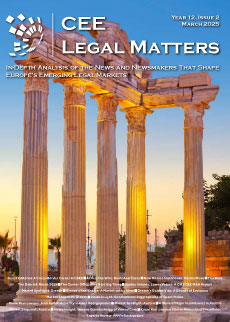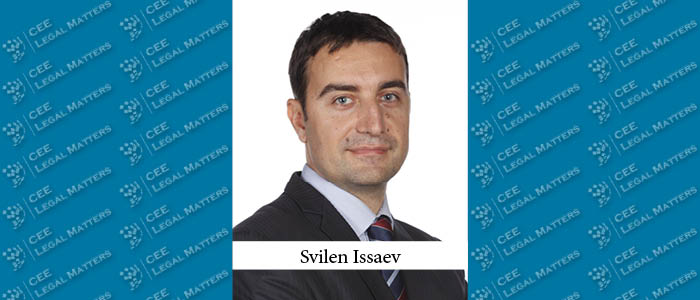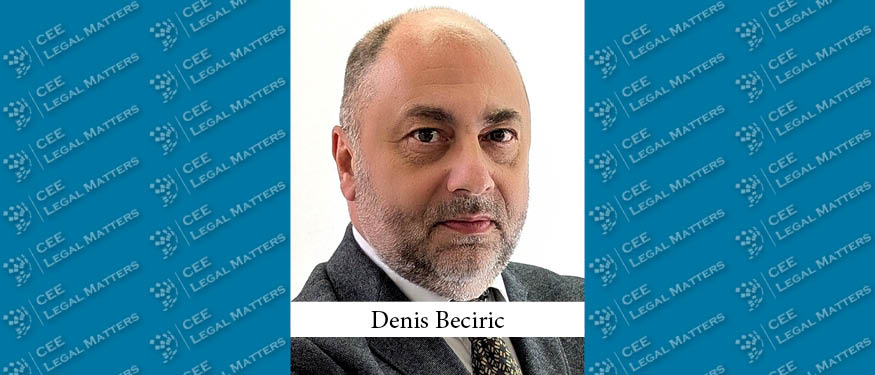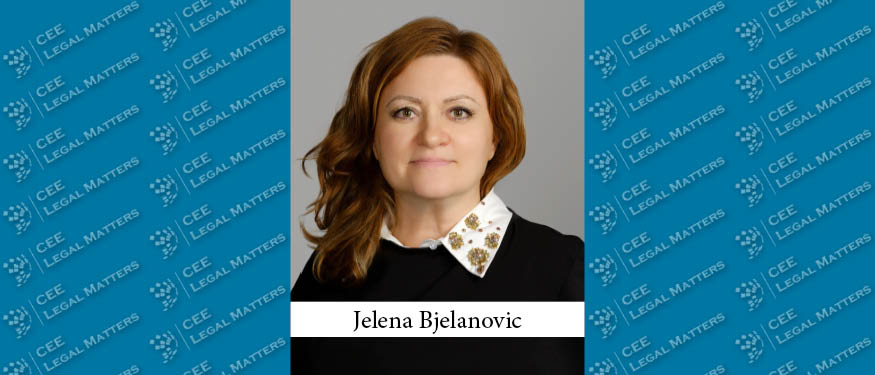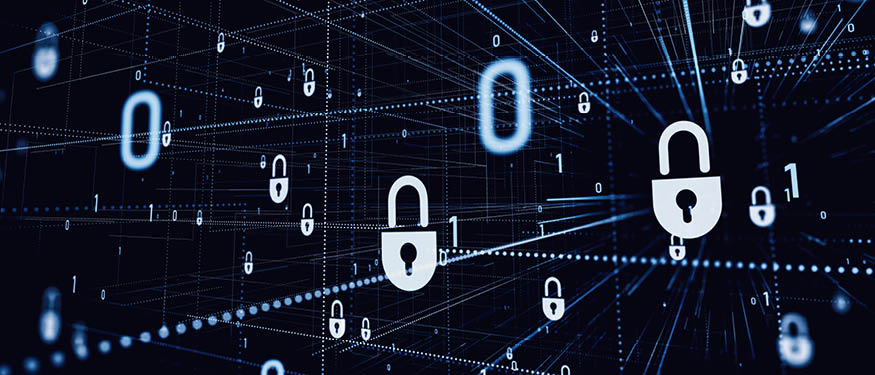Many might be surprised these days, but when Lithuania joined the EU in 2004, it was an electricity exporter, producing more energy than it consumed. The Ignalina Nuclear Power Plant was operational, and Lithuanian consumers were unaware of potential concerns over electricity prices.
With the closure of the Ignalina NPP, Lithuania became an electricity importer, generating only about a third of the required 12 terawatt-hours of electricity annually. This resulted in Lithuania’s energy dependence on neighbors with larger energy production capacities. Lithuania aims to produce most of its energy from renewable sources and its energy system is currently undergoing a rapid transformation, which begins with the necessary legal amendments.
Lithuania has successfully implemented a prosumer reform, allowing private households and commercial entities to install solar power plants on their building roofs or land. A particularly successful feature has been the ability to purchase a share of a remote solar power plant and use the energy it produces. This was made possible due to a very favorable and simple procedure for setting up the plant or acquiring a share of it, state subsidies, the applied net-metering accounting system, and rising prices due to the global energy crisis. As a result, between 2015 (when the first prosumers were connected) and 2023, 80,000 prosumers were connected to the grid with a combined capacity of 825 megawatts. Currently, discussions in Lithuania revolve around changing the net-metering accounting system to net-billing. It is projected that at least for business entities, the accounting system will change by 2024. Interestingly, if the transition to the net-billing system is made, it will allow prosumers to acquire a share of the energy produced by a distant wind power plant.
Regarding commercial electricity production, in 2022, the Lithuanian Government adopted a “breakthrough legal package” aimed at encouraging commercial renewable energy projects. It sought to simplify and shorten the development procedures for commercial power plants. For instance, in Lithuania, commercial solar power plants can be built on agricultural land, and these plants don’t need an environmental impact assessment. The complicated establishment of sanitary protection zones around wind turbines has been abandoned, with a rule that a wind turbine should be constructed no closer than four times the height of its tower from residential buildings. Changes also introduced the concept of hybrid power plants. This has allowed for the connection of different RES plants and storage devices at a single grid point without summing up their capacity, optimizing the use of the electricity grid, and maximizing production.
The rapid expansion of RES has also brought challenges related to the distribution of grid capacity. The government categorized producers into certain groups and set priorities for grid capacity reservation and production limits. For example, the first priority group is allocated to 1,400 megawatts of offshore wind capacity. This year saw the first auction for the development of a 700-megawatt offshore wind farm, which was won by the state-owned company Ignitis. The remaining reserved 700 megawatts of offshore wind capacity will be offered in a second auction, with state incentives expected. However, with ongoing negotiations between Vilnius and Brussels regarding the state aid scheme, the date for the planned auction remains unclear.
Grid capacities for other plants – onshore wind, solar, and hybrid – are of a lower priority and are allocated to developers according to the grid capacity reservation order. The order is based on a first-come, first-served principle. Two such calls have already taken place. Naturally, the competition for the right to connect to certain parts of the grid has led to legal disputes between market participants and between market participants and LITGRID. Most of these disputes are ongoing, so court practices will provide answers in the coming years.
The most significant challenge currently faced by developers in Lithuania is the unclear application of curtailment and the yet-to-be-introduced regulations for storage capacity and energy trading. According to current legislation, the network operator can apply the curtailment necessary to ensure network security. Increment for the curtailment is provided for, but no limits on the application of curtailment or compensation to the producer if limits are exceeded are specified. Producers planning to build energy storage facilities also face a lack of regulation and currently cannot accurately forecast both the required services and their prices. The government promises to provide answers to at least some of these questions by the end of this year.
Despite challenges and a slightly slowing expansion of RES capacities, Lithuania’s RES market is growing, and its regulations are continuously improving.
By Vytautas Kalmatavicius, Partner, Triniti Jurex







